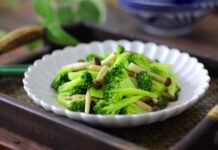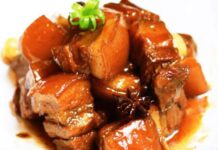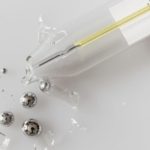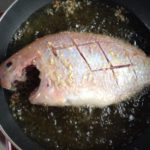When Should You Replace Your Non-Stick Pan?
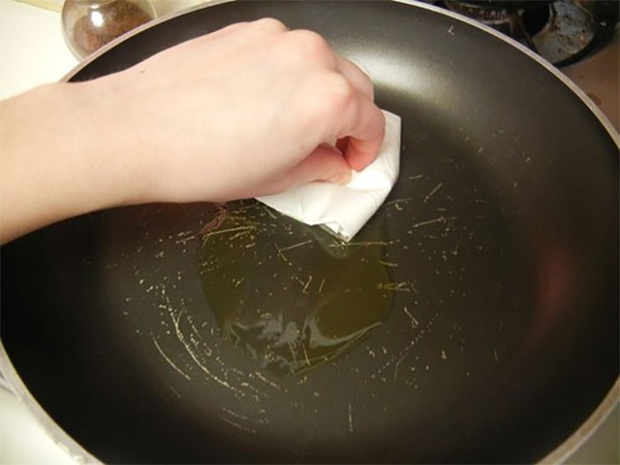
According to research, most genuine non-stick pans use Teflon as the non-stick coating. However, Teflon decomposes at high temperatures exceeding 300-400 degrees Celsius, while cooking temperatures typically do not exceed 250 degrees Celsius.
Nevertheless, the adhesive used to bond the Teflon to the pan can become toxic when exposed to high temperatures. Over time, the non-stick coating and adhesive can wear off and be ingested, posing a potential health risk. It is therefore advised not to continue using overly worn non-stick pans with severely peeling coatings.
Many culinary experts recommend replacing non-stick pans used for an extended period, especially counterfeit or low-quality ones commonly found in the market today.
While some people may find their non-stick pans still usable beyond the recommended timeframe, the non-stick coating will no longer be effective, especially in poor quality pans that deteriorate faster. Cooking at high temperatures can also lead to the production of toxic substances.
It is advisable to replace your non-stick pan when it shows signs of scratches or sticky residue from food. After approximately 2-3 years, consider investing in a new pan for optimal performance.
Tips for Using a Durable and Safe Non-Stick Pan
Pour oil into the pan before heating it up: Instead of waiting for the pan to get hot before adding oil, it is best to pour the oil into the pan while it is cold. This precaution prevents the non-stick coating from peeling off due to the sudden high temperature of the pan when oil is added.
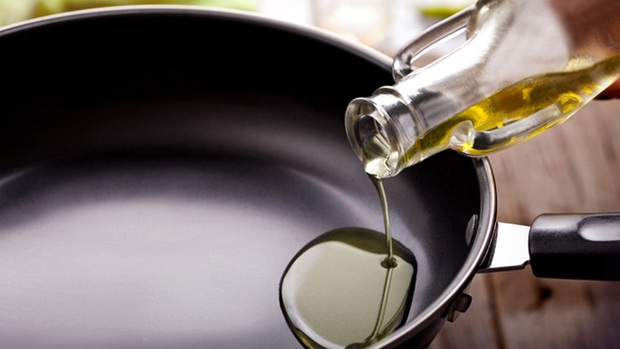
Cook on low or medium heat:
Non-stick pans are available in various materials, including Teflon, ceramic, marble, and diamond coatings. The heat resistance of these pans depends on the quality of the non-stick layer. It is important to note that exposing the pan to high temperatures can cause the adhesive binding the non-stick layer to decompose, which can be harmful. Adjusting the heat level according to the material and quality of the pan is crucial. It is advisable to apply medium or low heat and keep the fire centered at the bottom of the pan to ensure its longevity.
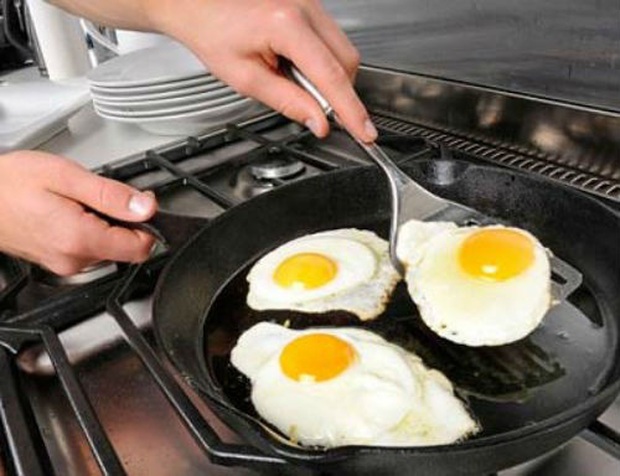
Avoid using the pan for baking or cooking:
Although non-stick pans contain an effective non-stick layer, using them for baking or storing food can quickly damage the coating, leading to peeling.
Opt for wooden cooking utensils:
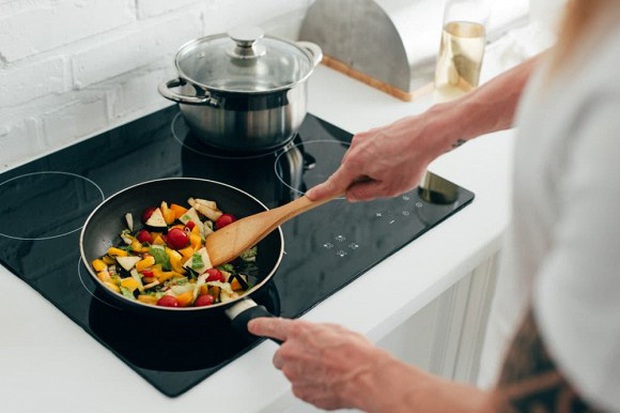
When using non-stick pans, it is best to use wooden spoons and spatulas instead of aluminum or stainless steel utensils, which can potentially scratch the pan’s surface. Plastic utensils are not recommended for use under high temperatures. Opting for wooden cooking utensils ensures the longevity of both the utensils and the non-stick pan.
Avoid scrubbing with an aluminum cleaning pad:
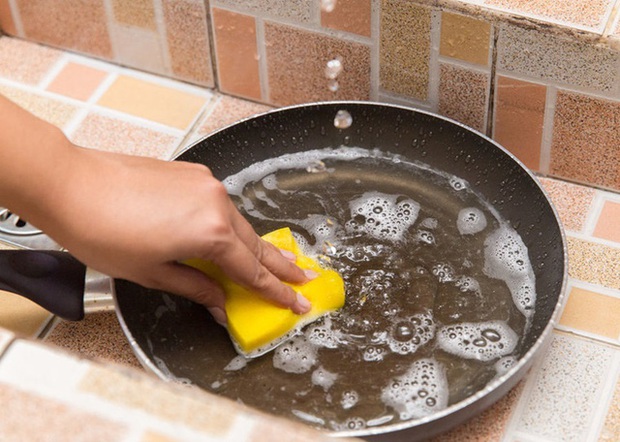
Clean your non-stick pan with a loofah, sponge, or soft cloth to protect the non-stick layer and ensure its longevity. Avoid using an aluminum cleaning pad that may cause scratches and compromise the efficacy of the non-stick coating.
Photo: Internet











